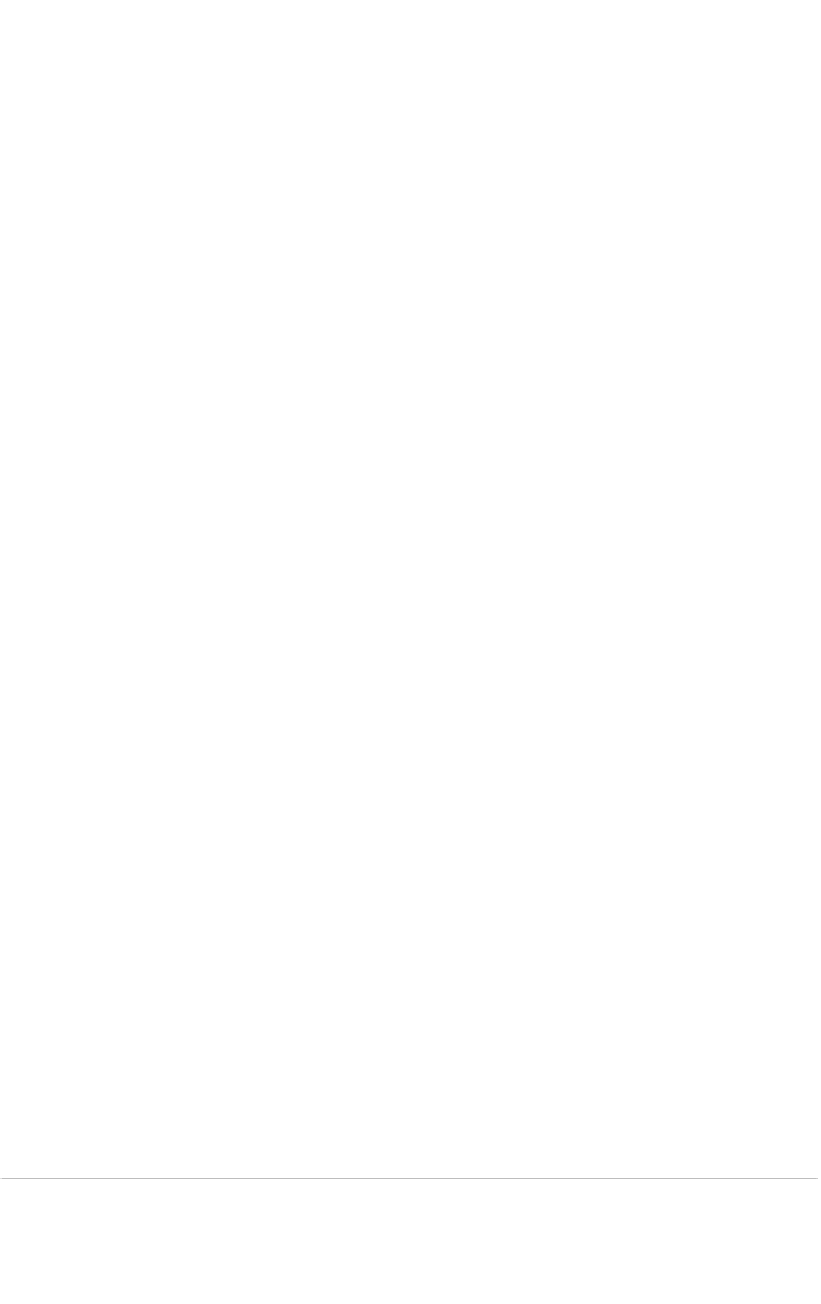Environmental Engineering Reference
In-Depth Information
14
Specification and quality control of earthfill and rockfill
14.1
SPECIFICATION OF ROCKFILL
It is common to specify the following for rockfill for dam construction:
(a)
Type of rock, degree of weathering and source
For example, “granodiorite, slightly weathered to fresh, from Quarry B” or “sand-
stone, with up to 20% siltstone, slightly weathered to fresh, from spillway excavation”.
(b)
Layer thickness and maximum particle size
The layer thickness varies depending on the rockfill zone, type of dam, and rockfill
type, strength and degree of breakdown on rolling. Table 14.1 gives some examples.
The maximum particle size can be the same as the layer thickness. Some e.g. USBR
(1991) prefer a maximum particle size 90% of the layer thickness.
(c)
Rockfill grading and limits on finer particles
The rockfill grading may be further specified depending on the properties required.
Ideally rockfill is well graded, so it has a high density, strength and modulus after com-
paction and has a high permeability. However this is not always achievable if the rock
available tends to break down on rolling to give a gap-graded material with a high per-
centage of sand. Many weakly cemented sandstones or weathered other rocks will do
this. Even if the rock can be quarried and placed to meet the requirement of being well
graded and with high permeability, care needs to be adopted in specifying such
requirements, particularly for small dam projects as:
- It is costly and difficult to carry out the testing to determine the particle size in the
embankment. For rock with a maximum size of 1 m, a hole about 4 m to 5 m diameter
Table 14.1.
Examples of rockfill layer thickness.
Layer thickness after
Zone
Rock type, strength and breakdown
compaction (m)
3A
Igneous or metamorphic, high strength, little or
0.9 or 1.0
some breakdown on rolling.
3A
As above, adjacent Zone 2B
(1)
.
0.45 or 0.5
3A
Metamorphic or sedimentary, or weathered igneous,
0.45 to 0.6
medium or high strength, considerable breakdown on rolling.
3A
As above, adjacent Zone 2B
(1)
.
0.45 to 0.6
3B
Igneous or metamorphic, high strength, little or
1.5 to 2.0
no breakdown on rolling.
3B
Metamorphic or sedimentary or weathered igneous,
0.9 to 1.5
medium or high strength, considerable breakdown on rolling
(2)
.
Notes:
(1)
Thinner layers are to assist Zone 3A act as a filter to Zone 2B.
(2)
Thinner layers would apply for concrete face rockfill dams where a high modulus is required
or for upstream rockfill, with high fines content, or rock which weakens on saturation leading
to collapse settlement.


